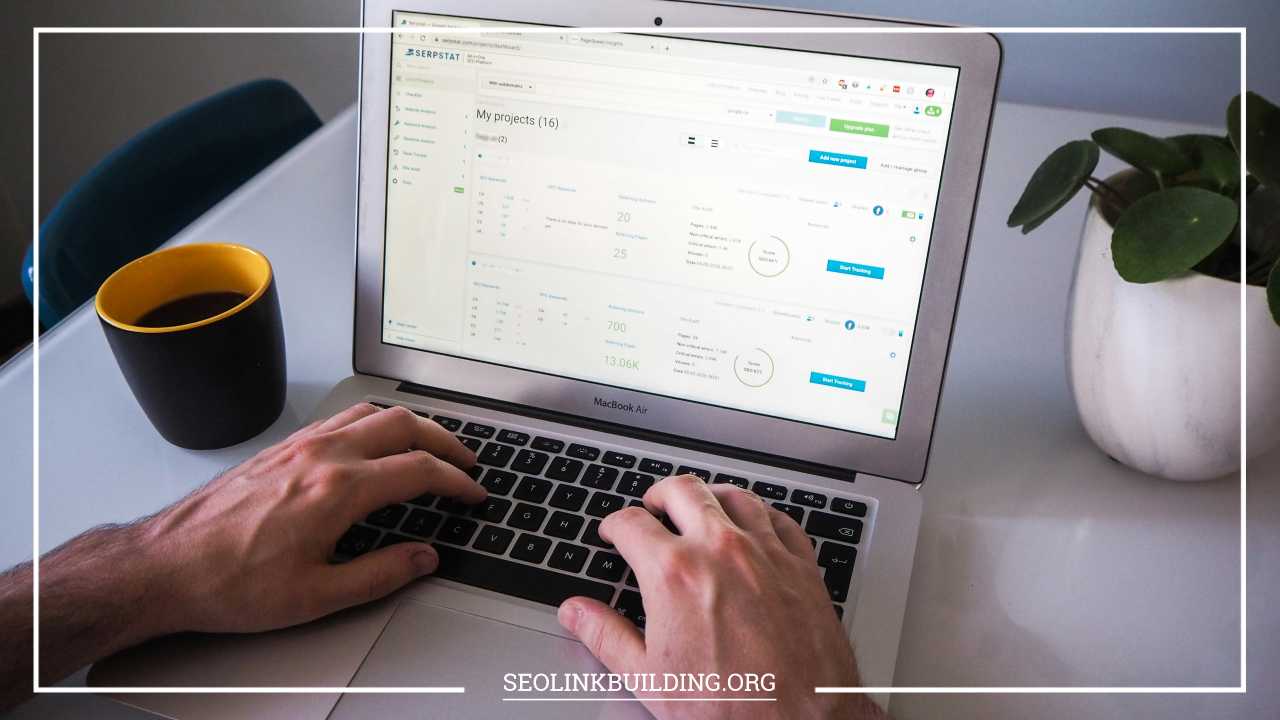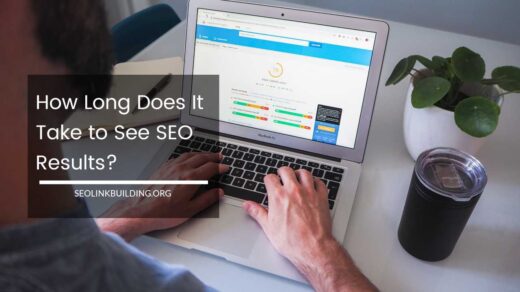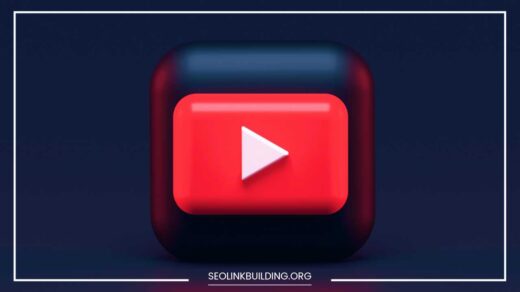How to Improve Page Speed from Start to Finish

How to Improve Page Speed
How to Improve Page Speed Performance
In today’s digital landscape, page speed is more critical than ever. It affects user experience, SEO rankings, and overall website performance.
A fast-loading site ensures that users have a smooth experience, which can lead to higher engagement, lower bounce rates, and increased conversions.
Furthermore, search engines like Google prioritize faster sites in their rankings, making page speed an essential factor for SEO.
In this comprehensive guide, we will delve deep into various strategies to improve your page speed, offering actionable steps from start to finish.
By following these strategies, you can enhance user satisfaction, boost your search engine rankings, and optimize your website’s performance.
Understanding Page Speed and Its Importance
Page speed refers to the time it takes for a webpage to fully load and display its content in a user’s browser. Several factors influence this speed, including:
- Size of the Webpage: Larger pages with more content take longer to load.
- Number and Size of Images: High-resolution images can significantly increase load times.
- Code Efficiency: Well-written code is crucial for fast load times.
- Server Response Time: The time it takes for your server to respond to a request.
Why is page speed crucial?
- User Experience: Fast-loading pages enhance user experience, leading to higher engagement and satisfaction. Users are more likely to interact with a site that loads quickly.
- Bounce Rate: Slow-loading pages can cause users to leave your site before they fully engage with its content, leading to a higher bounce rate. A high bounce rate indicates that users are not finding what they need, which can negatively impact your site’s credibility and performance.
- Conversions: Faster websites tend to have higher conversion rates. Users are more inclined to complete actions such as making a purchase or filling out a form on a site that loads quickly.
- SEO: Search engines like Google use page speed as a ranking factor. Faster sites are rewarded with better search rankings, which can drive more organic traffic to your site.
Measuring Page Speed
Before diving into optimization, you need to measure your current page speed to identify areas for improvement. Here are some popular tools for measuring page speed:
- Google PageSpeed Insights: This free tool evaluates your website’s performance on both desktop and mobile devices. It provides a performance score and actionable recommendations for improvement, such as optimizing images or leveraging browser caching.
- GTmetrix: GTmetrix offers a comprehensive analysis of your website’s performance, including detailed waterfall charts and recommendations. It breaks down the loading time into various components, helping you pinpoint specific issues.
- Pingdom: Pingdom provides an overview of your website’s speed, including load time, page size, and server response time. It also offers insights into how your site performs across different locations.
By using these tools, you can get a clear picture of your page speed and start implementing the necessary changes to enhance performance.
Optimization Strategies
Improving page speed involves a multi-faceted approach. Here are detailed strategies to optimize various aspects of your website:
1. Optimize Images
Images are often the largest files on a webpage and can significantly impact load times. Proper image optimization is essential for improving page speed.
- Compress Images: Use tools like TinyPNG, ImageOptim, or JPEG-Optimizer to compress images without sacrificing quality. This reduces the file size and helps pages load faster.
- Use Proper File Formats: Select the appropriate file format based on the image’s content. JPEG is ideal for photographs due to its compression capabilities, while PNG is better for images with transparency or text.
- Implement Lazy Loading: Lazy loading delays the loading of images that are not immediately visible to the user. This technique helps in reducing initial load times and improves page performance. Use the
loading="lazy"attribute in HTML to enable lazy loading. - Responsive Images: Implement responsive image techniques such as the
srcsetattribute and<picture>element to deliver images in the optimal size for different devices. This ensures that users on mobile devices are not downloading unnecessarily large images. - Use WebP Format: The WebP image format offers superior compression and quality characteristics compared to JPEG and PNG. Consider converting images to WebP for further optimization.
2. Minimize HTTP Requests
Each HTTP request adds latency to your page load. Reducing the number of requests can significantly improve page speed.
- Combine CSS and JavaScript Files: Consolidate multiple CSS and JavaScript files into fewer files. This reduces the number of requests needed to load a page. For CSS, use tools like CSS Minifier, and for JavaScript, tools like UglifyJS can help.
- Minify CSS and JavaScript: Minification involves removing unnecessary characters (such as whitespace and comments) from your CSS and JavaScript files. This reduces file size and improves load times. Tools like MinifyCSS and Terser can be used for this purpose.
- Use a CDN: A Content Delivery Network (CDN) caches static assets like images, CSS, and JavaScript closer to users. By distributing content across multiple servers worldwide, a CDN reduces latency and speeds up content delivery.
- Reduce Redirects: Minimize the use of redirects as they add additional HTTP requests and increase page load times. Ensure that all redirects are necessary and avoid redirect chains.
3. Leverage Browser Caching
Browser caching allows browsers to store static assets locally, reducing the need to fetch them from the server on subsequent visits.
- Set Cache Headers: Use HTTP headers to control how long assets should be cached by browsers. For example, set
Cache-Controlheaders to specify cache duration for different types of content. - Compress Assets: Compress files using Gzip or Brotli to reduce their size. This makes assets quicker to download and cache. Enable Gzip compression on your server by adding appropriate configurations to your
.htaccessornginx.conffile. - Use Versioning: Implement versioning for static assets to ensure that users receive updated files when changes are made. For example, append version numbers or hashes to file names.
4. Optimize HTML
Clean, well-structured HTML contributes to faster page load times.
- Minimize HTML: Remove unnecessary code and whitespace from your HTML files. Use tools like HTML Minifier to streamline your HTML.
- Optimize for Mobile: Ensure that your website is mobile-friendly and loads efficiently on smaller screens. Use responsive design principles and test your site across various devices and screen sizes.
- Avoid Inline Styles: Minimize the use of inline styles and move CSS to external stylesheets. This helps in reducing HTML size and allows for better caching of stylesheets.
5. Improve Server Performance
The performance and configuration of your server play a crucial role in page speed.
- Use a Fast Server: Invest in a high-performance server that can handle your website’s traffic. Consider upgrading to a server with better resources if you experience slow performance.
- Optimize Database Queries: Ensure your database queries are efficient and avoid unnecessary operations. Use indexing, optimize queries, and avoid complex joins that can slow down database performance.
- Use a Caching Layer: Implement a caching layer such as Redis or Memcached to store frequently accessed data. This reduces the load on your database and speeds up data retrieval.
- Enable HTTP/2: HTTP/2 improves performance by allowing multiple requests to be sent simultaneously over a single connection. Ensure your server supports HTTP/2 and that your website is configured to use it.
- Optimize SSL/TLS: Ensure that SSL/TLS configurations are optimized for performance. Use modern protocols and cipher suites to improve the efficiency of secure connections.
6. Reduce Third-Party Scripts
Third-party scripts can often slow down your website.
- Minimize Third-Party Scripts: Only include essential third-party scripts such as analytics tools and social media integrations. Remove any scripts that are not critical to your site’s functionality.
- Asynchronous Loading: Load third-party scripts asynchronously using the
asyncordeferattributes in your HTML. This prevents these scripts from blocking the rendering of your page. - Audit Third-Party Scripts: Regularly review and audit third-party scripts to ensure they are up-to-date and do not introduce performance issues.
7. Optimize CSS
CSS can impact page load times, and optimizing it is crucial for performance.
- Minimize CSS: Remove redundant styles and whitespace from your CSS files. Use tools like CSSNano to minify CSS and reduce file size.
- Combine CSS Files: Merge multiple CSS files into fewer files to reduce the number of HTTP requests. Ensure that the combined file is optimized and well-organized.
- Use Critical CSS: Inline critical CSS directly into the HTML of your page to render above-the-fold content faster. Load non-critical CSS asynchronously to avoid blocking the rendering process.
8. Optimize JavaScript
JavaScript can be a significant bottleneck for page load times.
- Minimize JavaScript: Remove unnecessary code and whitespace from JavaScript files. Tools like UglifyJS and Terser can help with minification.
- Combine JavaScript Files: Consolidate multiple JavaScript files into fewer files to reduce HTTP requests. Ensure that the combined file is optimized and does not contain redundant code.
- Defer JavaScript: Defer the loading of non-essential JavaScript until after the main content has loaded. Use the
deferattribute for scripts that are not needed immediately. - Use Async Loading: For scripts that can be executed independently, use the
asyncattribute to load them asynchronously without blocking the rendering of the page. - Optimize JavaScript Execution: Analyze and optimize JavaScript execution to reduce blocking time. Avoid long-running scripts and optimize event handling and DOM manipulation.
9. Utilize a CDN
A Content Delivery Network (CDN) can significantly improve page speed by caching static assets closer to users.
- Choose a Reliable CDN Provider: Select a CDN provider with a global network of servers to ensure fast content delivery across different regions.
- Configure CDN Properly: Ensure that your CDN is properly configured to cache and deliver static assets such as images, CSS, and JavaScript. Set appropriate cache headers and optimize CDN settings for performance.
- Monitor CDN Performance: Regularly monitor CDN performance to ensure that it is effectively reducing load times and delivering content efficiently.
10. Monitor and Continuously Improve
Optimizing page speed is an ongoing process. Regular monitoring and continuous improvement are essential for maintaining optimal performance.
- Regularly Review Performance Metrics: Use tools like Google PageSpeed Insights, GTmetrix, and Pingdom to regularly review your site’s performance. Track key metrics such as load time, page size, and server response time.
- Implement Performance Budgeting: Set performance budgets to establish limits for various performance metrics. Monitor adherence to these budgets and make adjustments as needed.
- Conduct Performance Audits: Periodically conduct performance audits to identify new areas for optimization. Review changes in technology and best practices to ensure your site remains up-to-date.
- Test Across Different Devices and Browsers: Test your site’s performance across various devices and browsers to ensure a consistent user experience. Address any performance issues specific to certain platforms.
- Stay Updated with Best Practices: Stay informed about the latest best practices and advancements in web performance optimization. Implement new techniques and technologies to keep your site performing at its best.
Final Thoughts
Improving page speed requires a holistic approach that involves optimizing images, minimizing HTTP requests, leveraging browser caching, and enhancing server performance, among other strategies.
By implementing these techniques, you can significantly boost your website’s performance, enhance user experience, and improve your SEO rankings.
Remember, page speed optimization is an ongoing process. Regularly monitor your site’s performance, stay updated with best practices, and make continuous improvements to ensure that your website remains fast and efficient.
With a commitment to optimizing page speed, you can provide a better experience for your users and achieve greater success in your online endeavors.













